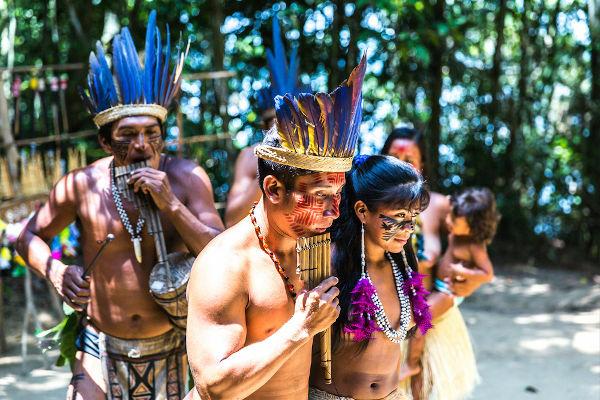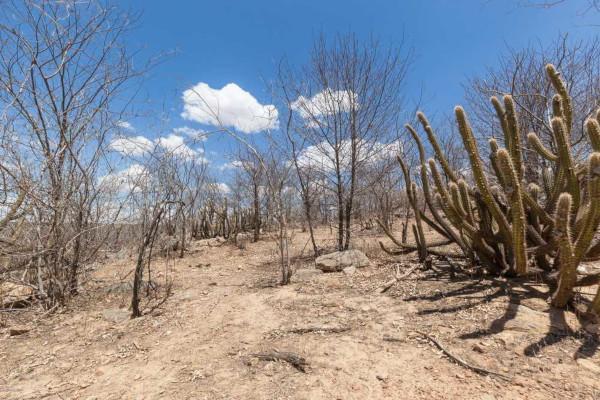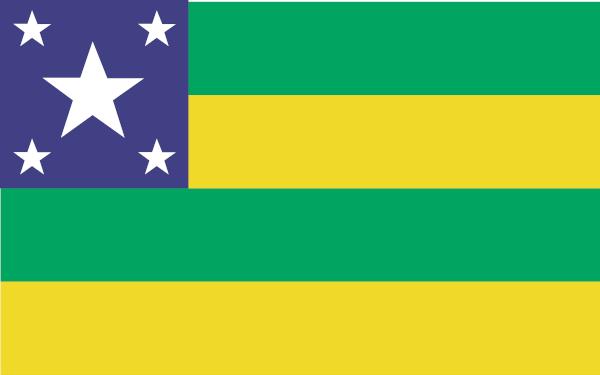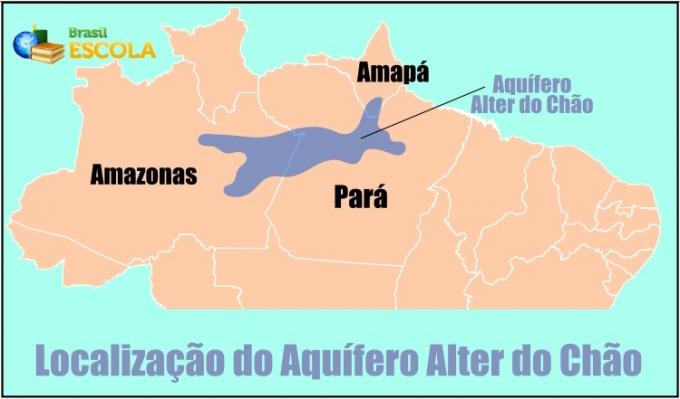THE National Indian Foundation (Funai) is the official indigenous body in Brazil. Its action is based on the mission to protect and promote the rights of indigenous peoples in the country, guided by principles that guarantee ethnic and cultural plurality, which is foreseen constitutionally. Funai is committed to respecting the traditions of these native peoples, so that sociocultural diversity is respected.
Read too: Indigenous culture — characteristics and curiosities
Funai Mission
The National Indian Foundation operates in theordering and execution of the indigenous policy at the Brazil. Its main missions with native peoples are related:
- to the identification, delimitation, demarcation and regularization of the lands occupied by them;
- monitoring and inspection of indigenous lands;
- coordination and implementation of policies aimed at protecting isolated peoples and new contacts;
- elaboration of actions that guarantee cultural diversity among different ethnic groups;
- conservation and restoration of the environment in indigenous lands;
- monitoring of policies aimed at social security and indigenous school education, among other actions.

Creation of Funai
Funai was created amidst the scenario ofDheight Mmilitary. In that period, a reform in the administration of Brazil was installed, with interest in the interiorization of the country. This territorial expansion has put indigenist policies in the shadows, as the government prioritized at that time the construction of roads, hydroelectric plants and the expansion of the lands of the ruralists and mining activity.
It was in the year 1697, after the extinction of the Indian Protection Service, that Funai was created. The responsible law is No. 5,371. The SPI was a government agency, created in 1910, which took care of the necessary assistance to indigenous peoples. However, this body was involved in many controversies, and those involved were accused of genocide, mismanagement and corruption.
The indigenous situation in Brazil started to be assured with greater precision after the creation of the Indian Statute. This statute is linked to Law No. 6.001, which was enacted in 1973, and ensures that the State is responsible for ensuring the rights of native peoples.
The democratic regime established in Brazil in the 1980s also represented a major advance in terms of concerns the indigenous policy in the country, making it possible to regularize the legal situation of the indigenous peoples. The redemocratization process also made it possible to open up discussions between civil society and indigenous peoples on the indigenous situation in the country.
THE1988 Constitution represented the main changes in indigenous policy. Through Article 231, the rights of these indigenous peoples are preserved, and it is the State's duty to guarantee the ethnic plurality and autonomy of indigenous peoples.
In 2009, Funai underwent a reformulation, which updated its structure, providing an improvement in the service and functioning of the agency. The idea was to renew the way the foundation related to indigenous communities, enabling greater and more efficient action. This was possible through Decree No. 7,056/09.
Do not stop now... There's more after the advertising ;)
Indigenous social rights according to Funai
The social rights of indigenous peoples were made effective by the Decree No. 7,056/09 in 2009. This decree represented, according to Funai, the alignment of the indigenous policy with the legal frameworks that work to guarantee and protect the rights of these peoples.
![The demarcation of indigenous lands is the responsibility of Funai and is extremely important to avoid conflicts. [1]](/f/9fbcb3b6ff761d5c18127e7b38d366ae.jpg)
Funai works through social policies that ensure the specifics of each community, always seeking the indigenous protagonism, so that they can have an active voice in the process of elaborating public policies aimed at they.
Some of Funai's actions regarding the social rights of indigenous peoples are:
- monitoring and monitoring of the health of indigenous peoples;
- promoting the accessibility of indigenous peoples to social security policy, as well as basic civil documentation;
- access to the Administrative Registry of Indigenous Birth;
- guarantee of accessibility to electricity;
- distribution of food to indigenous peoples in a situation of food insecurity;
- carrying out housing and community infrastructure works.
It is worth noting that these policies are carried out by Funai with people who already have contact with national society. Peoples who are far away have their rights and traditions assured. Participation or not in these actions is also a right of indigenous people.
Read too: Tupinambá Indians in 16th century France
Funai and the demarcation of indigenous lands
Funai is responsible in Brazil for the land demarcation indigenous, regulated by the Decree No. 1,775/96. Demarcating lands means establishing the physical boundaries of land destined for indigenous peoples, thus guaranteeing the right to ownership and ensuring their identity. This demarcation is provided for in the Federal Constitution of 1988.
The demarcation of land is extreme importance for maintaining the livelihoods of indigenous communities, as well as to avoid possible conflicts over land tenure and to prevent possible invasions.
Indians in Brazil

They currently live in Brazil, according to Brazilian Institute of Geography and Statistics (IBGE), approximately 896.9 thousand indigenous people, distributed among 805 ethnic groups, which is quite different from the reality of the Brazilian territory before the arrival of the portuguese. In Brazil in 1500, there was an indigenous population estimated at millions. Many peoples were decimated in conflicts with colonizers.
Most of the indigenous people are found in the countryside. The Census points out that in all Brazilian regions there is a presence of these native peoples, but the the greatest concentration of indigenous lands is in the North region of the country, in the Legal Amazon region. The Midwest Region also has a high concentration of indigenous lands, especially in the state of Mato Grosso.
In the country, 274 indigenous languages are registered and there are currently 462 regularized indigenous lands, which refer to lands with original rights of these peoples. As for indigenous reserves, there are 35 indigenous reserves in Brazil that have been regularized and 15 have been sent for regularization.
Image credit
[1] rodrigo gavani / Shutterstock
by Rafaela Sousa
Geography teacher
Would you like to reference this text in a school or academic work? Look:
SOUSA, Rafaela. "National Indian Foundation (Funai)"; Brazil School. Available in: https://brasilescola.uol.com.br/brasil/fundacao-nacional-do-indio-funai.htm. Accessed on June 27, 2021.



